I saw this in a Chinese market yesterday. I actually opened the can to look, and thought it smelled traditionally stored. Couldn’t resist
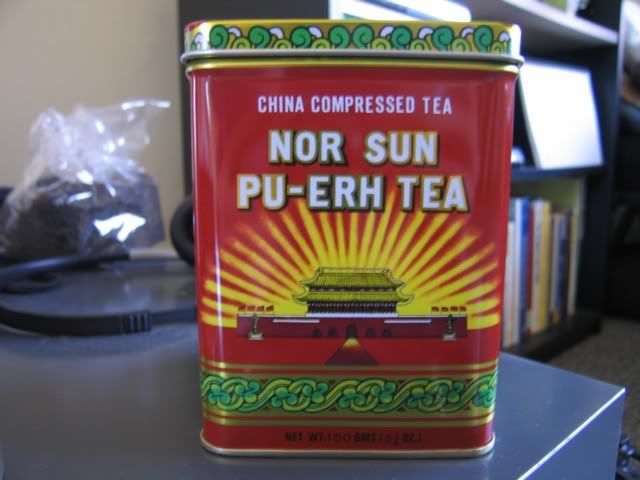
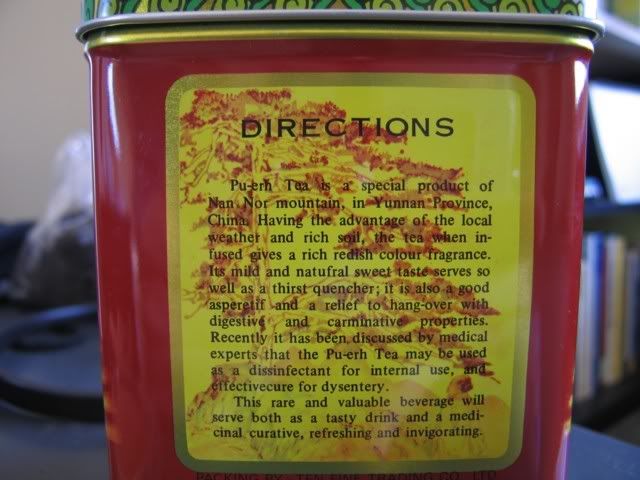
The leaves look nondescript — traditionally stored, for sure (from the smell). Nannuo (that’s what Nan Nor is)? Who knows. But who can say no to something that can be used as a disinfectant for internal use?
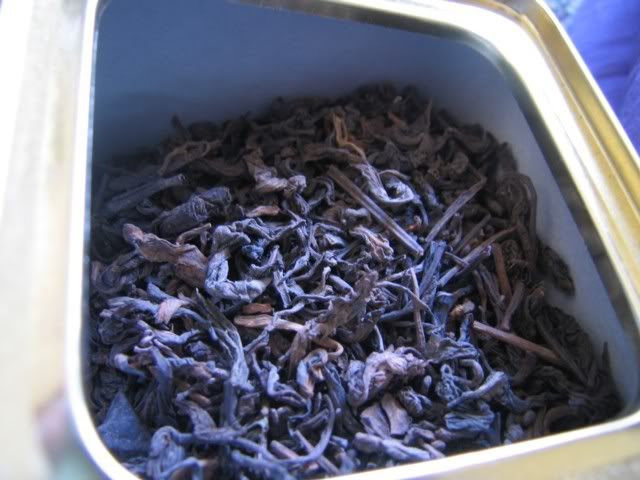
When I brewed it, it’s obvious that there’s some cooked leaves in this mix
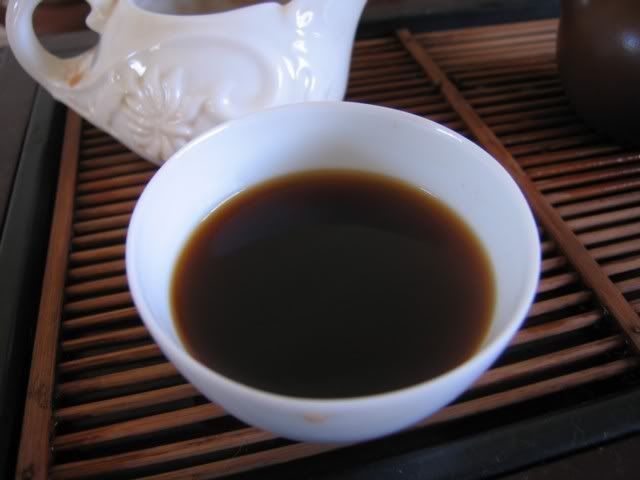
The taste is… interesting. It’s actually, for what it’s worth, not that bad at all. It’s cooked, sure, but it’s traditionally stored cooked, and traditionally stored cooked, IMHO, is better than non traditionally-stored cooked. The taste is richer, and it removes almost all traces of the nasty pondy smell/taste that you normally get in a cooked puerh. The tea is actually decent, which surprised me. I wonder how people who don’t know much about tea think about this?
As I examined the wet leaves, I realized that this is actually a blend of raw and cooked leaves.

The greenish leaves are such that they can’t possibly be cooked… I just don’t see it happening. My guess is these could be broken cakes, or at least some are broken cakes, that were thoroughly mixed in and blended together for export. The tea comes from a Hong Kong company with a Hong Kong address in the section where a lot of these old wholesalers are, so I am guessing this is just one of those traditional upstairs tea merchants who are packaging this. Pretty interesting, I must say, and quite a surprise to find ok puerh in Columbus OH in a tin can.


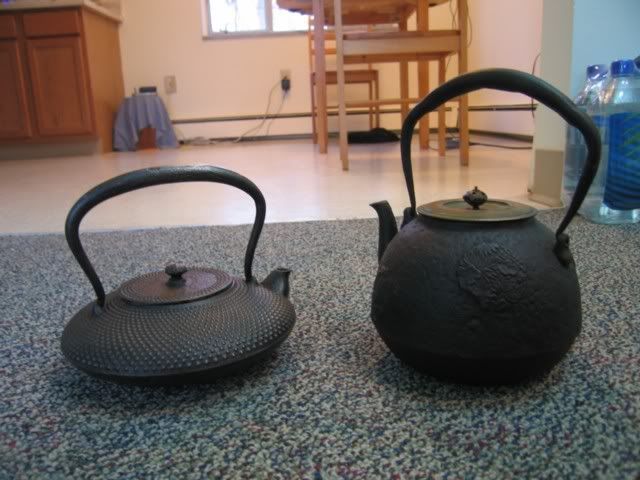

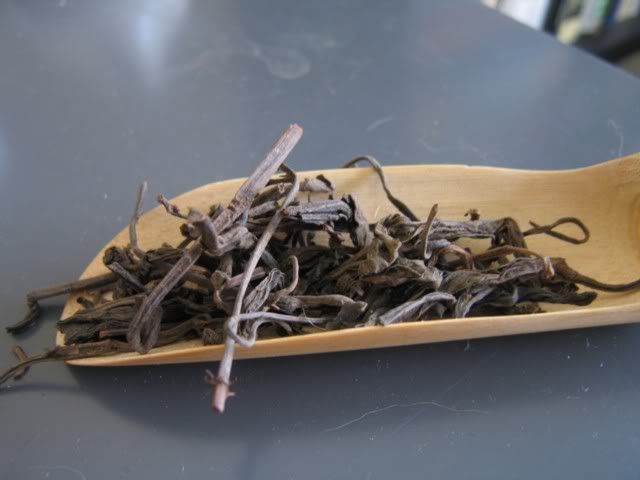

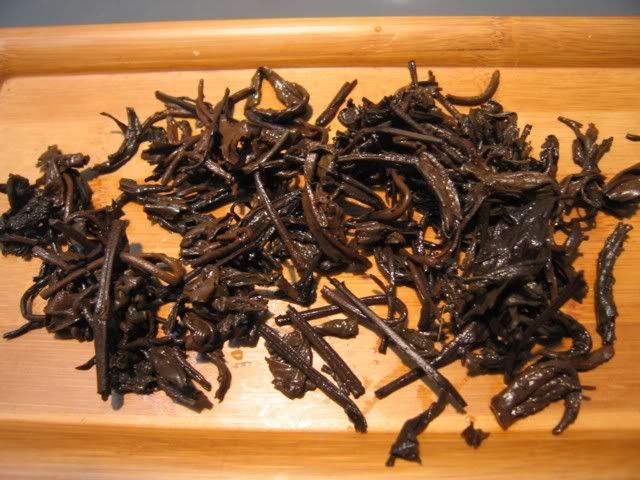
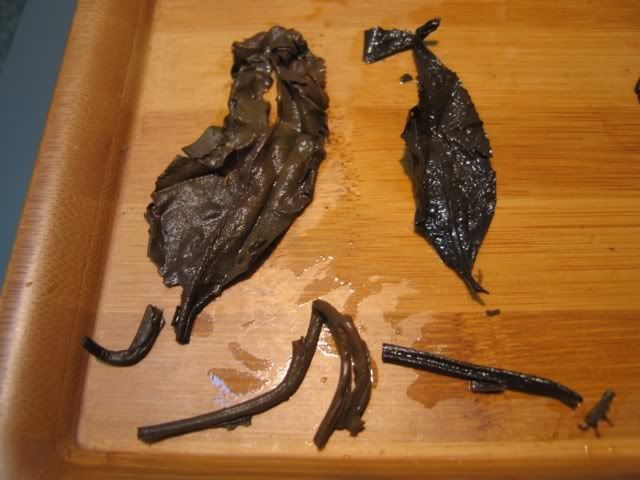

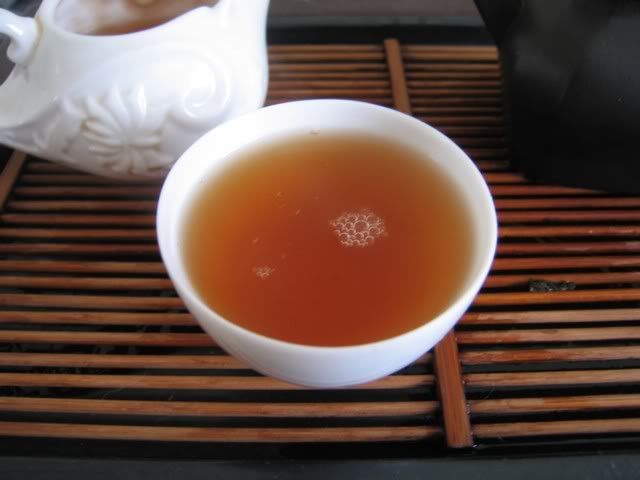


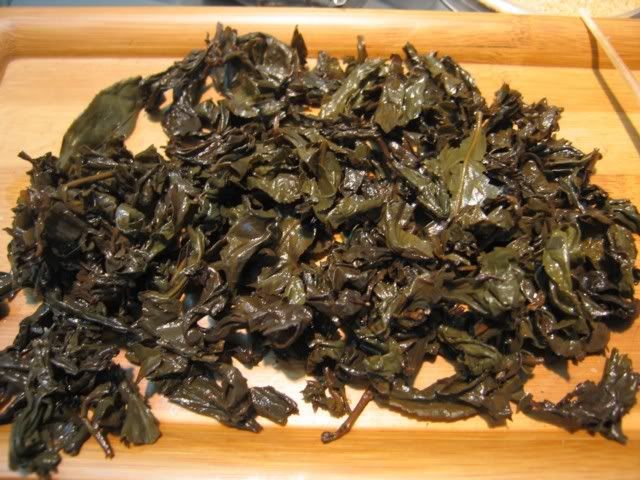

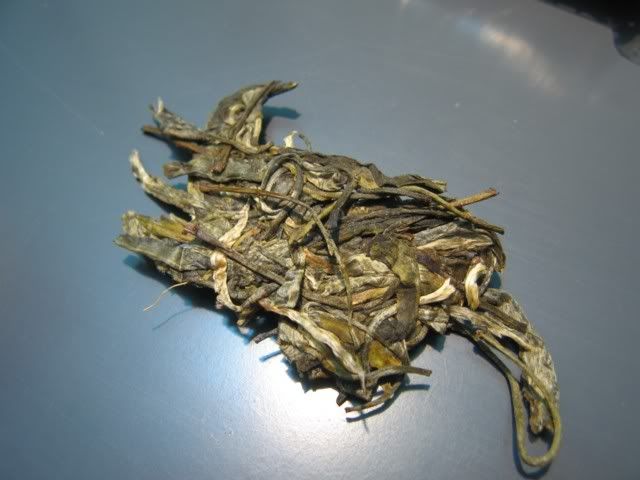


I just want to say that I still find your blog and writing extremely relevant. Thanks!